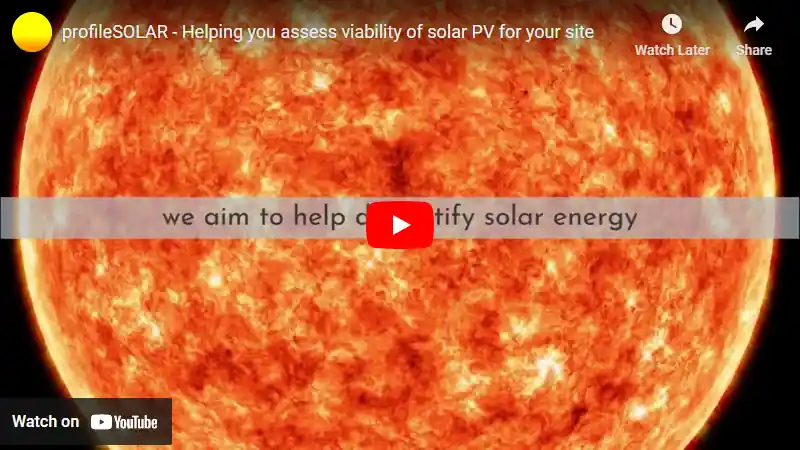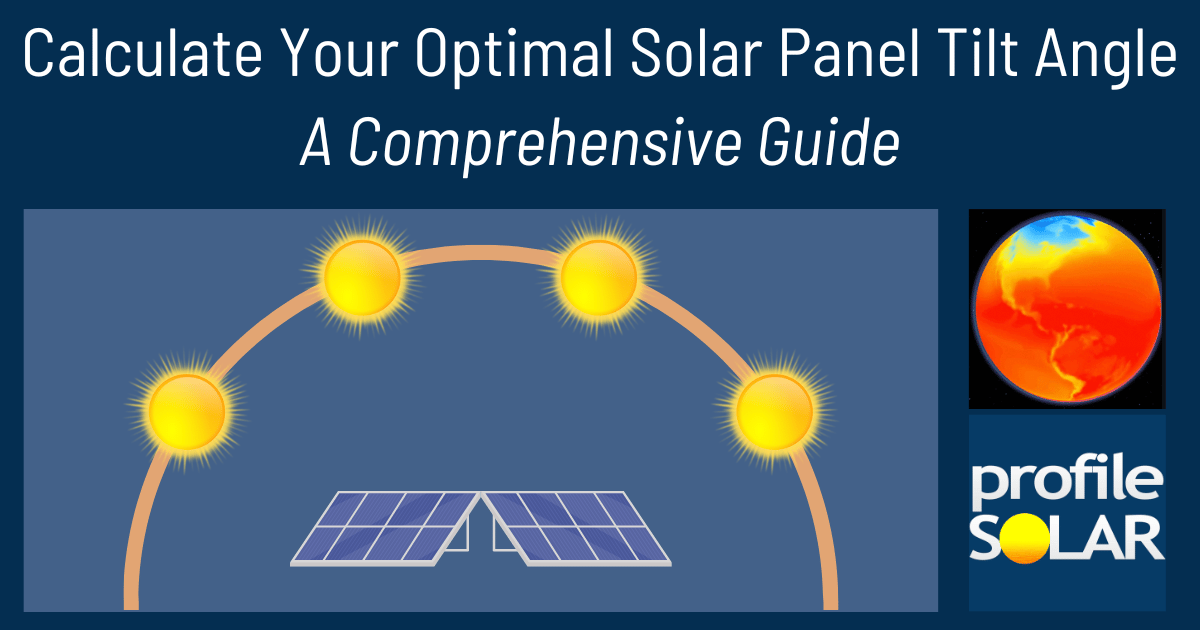

Livonia, Michigan, located in the Northern Temperate Zone, presents a mixed scenario for solar PV energy generation. The city experiences significant seasonal variations in solar output, which impacts the overall efficiency of solar installations throughout the year.
Seasonal Solar Performance
Solar energy production in Livonia peaks during the summer months, with an impressive output of 6.32 kWh per day for each kilowatt of installed solar capacity. Spring follows as the second-most productive season, generating 5.38 kWh/day. However, autumn and winter see a substantial drop in energy production, with outputs of 3.19 kWh/day and 1.98 kWh/day, respectively.
The stark contrast between summer and winter production highlights the challenges of relying solely on solar energy in this location year-round. While summer offers excellent solar potential, the winter months may require supplementary energy sources or increased storage capacity to maintain consistent power supply.
Optimal Panel Installation
To maximize year-round solar energy production in Livonia, fixed solar panels should be installed at a tilt angle of 36 degrees facing south. This angle optimizes the panels' exposure to sunlight throughout the year, considering the location's latitude and seasonal sun paths.
Environmental and Weather Factors
Several environmental and weather factors can impact solar production in Livonia:
- Snow accumulation: Livonia experiences significant snowfall during winter months, which can cover solar panels and reduce efficiency.
- Cloud cover: The region is known for frequent cloud cover, particularly in autumn and winter, which can diminish solar output.
- Temperature fluctuations: Extreme cold in winter and occasional high temperatures in summer can affect panel efficiency.
To mitigate these challenges, consider the following preventative measures:
- Install panels at a steeper angle to encourage snow sliding off
- Use high-efficiency panels designed for low-light conditions
- Implement regular panel cleaning and maintenance, especially after snowfall
- Consider a ground-mounted system for easier access and maintenance
While Livonia's location presents some challenges for year-round solar energy production, proper system design and maintenance can still make solar PV a viable and beneficial energy option for residents and businesses in the area.
Note: The Northern Temperate Zone extends from 35° latitude North up to 66.5° latitude.
So far, we have conducted calculations to evaluate the solar photovoltaic (PV) potential in 3041 locations across the United States. This analysis provides insights into each city/location's potential for harnessing solar energy through PV installations.
Link: Solar PV potential in the United States by location
Solar output per kW of installed solar PV by season in Livonia
Seasonal solar PV output for Latitude: 42.4247, Longitude: -83.3618 (Livonia, United States), based on our analysis of 8760 hourly intervals of solar and meteorological data (one whole year) retrieved for that set of coordinates/location from NASA POWER (The Prediction of Worldwide Energy Resources) API:




Ideally tilt fixed solar panels 36° South in Livonia, United States
To maximize your solar PV system's energy output in Livonia, United States (Lat/Long 42.4247, -83.3618) throughout the year, you should tilt your panels at an angle of 36° South for fixed panel installations.
As the Earth revolves around the Sun each year, the maximum angle of elevation of the Sun varies by +/- 23.45 degrees from its equinox elevation angle for a particular latitude. Finding the exact optimal angle to maximise solar PV production throughout the year can be challenging, but with careful consideration of historical solar energy and meteorological data for a certain location, it can be done precisely.
We use our own calculation, which incorporates NASA solar and meteorological data for the exact Lat/Long coordinates, to determine the ideal tilt angle of a solar panel that will yield maximum annual solar output. We calculate the optimal angle for each day of the year, taking into account its contribution to the yearly total PV potential at that specific location.

Seasonally adjusted solar panel tilt angles for Livonia, United States
If you can adjust the tilt angle of your solar PV panels, please refer to the seasonal tilt angles below for optimal solar energy production in Livonia, United States. As mentioned earlier, for fixed-panel solar PV installations, it is optimal to maintain a 36° South tilt angle throughout the year.
| Overall Best Summer Angle | Overall Best Autumn Angle | Overall Best Winter Angle | Overall Best Spring Angle |
|---|---|---|---|
| 26° South in Summer | 46° South in Autumn | 56° South in Winter | 35° South in Spring |
Our recommendations take into account more than just latitude and Earth's position in its elliptical orbit around the Sun. We also incorporate historical solar and meteorological data from NASA's Prediction of Worldwide Energy Resources (POWER) API to assign a weight to each ideal angle for each day based on its historical contribution to overall solar PV potential during a specific season.
This approach allows us to provide much more accurate recommendations than relying solely on latitude, as it considers unique weather conditions in different locations sharing the same latitude worldwide.
Calculate solar panel row spacing in Livonia, United States
We've added a feature to calculate minimum solar panel row spacing by location. Enter your panel size and orientation below to get the minimum spacing in Livonia, United States.
Our calculation method
- Solar Position:
We determine the Sun's position on the Winter solstice using the location's latitude and solar declination. - Shadow Projection:
We calculate the shadow length cast by panels using trigonometry, considering panel tilt and the Sun's elevation angle. - Minimum Spacing:
We add the shadow length to the horizontal space occupied by tilted panels.
This approach ensures maximum space efficiency while avoiding shading during critical times, as the Winter solstice represents the worst-case scenario for shadow length.
Topography for solar PV around Livonia, United States
The area around Livonia, Michigan, which is located at 42.4247° N latitude and 83.3618° W longitude, is characterized by relatively flat terrain typical of the Midwest United States. This region, part of the Great Lakes Plain, was shaped by glacial activity thousands of years ago, resulting in a gently rolling landscape with subtle elevation changes.
The topography of Livonia and its surrounding areas is predominantly level to slightly undulating, with occasional low hills and shallow depressions. The elevation in this region generally ranges from about 600 to 700 feet above sea level. There are no significant mountains or steep valleys in the immediate vicinity. The land is mostly comprised of fertile soil suitable for agriculture, interspersed with urban and suburban developments.
Several small rivers and streams flow through the area, including the Rouge River and its tributaries. These waterways have carved shallow valleys into the landscape over time, creating minor variations in the otherwise flat terrain. The region also features some wooded areas and small lakes, remnants of the glacial activity that shaped the land.
Regarding areas nearby that would be most suited to large-scale solar PV (photovoltaic) installations, the relatively flat terrain of the region offers several potential locations. The most suitable areas would be open spaces with minimal shading from trees or buildings, ideally on slightly south-facing slopes to maximize sun exposure throughout the day.
Rural areas to the west and southwest of Livonia, particularly in Washtenaw County, might offer suitable locations for solar farms. These areas have more open land and fewer urban developments, potentially providing the necessary space for large-scale installations. Additionally, some of the less densely populated areas in western Wayne County or southern Oakland County could be considered.
However, it's important to note that the suitability of any specific location for solar PV would depend on various factors beyond just topography, including local zoning laws, proximity to electrical infrastructure, environmental considerations, and the current land use. A detailed site-specific assessment would be necessary to determine the most appropriate locations for large-scale solar energy projects in the region.
United States solar PV Stats as a country
United States ranks 2nd in the world for cumulative solar PV capacity, with 95,209 total MW's of solar PV installed. This means that 3.40% of United States's total energy as a country comes from solar PV (that's 26th in the world). Each year United States is generating 289 Watts from solar PV per capita (United States ranks 15th in the world for solar PV Watts generated per capita). [source]
Are there incentives for businesses to install solar in United States?
Yes, there are several incentives for businesses wanting to install solar energy in the United States. These include federal tax credits, state and local rebates, net metering policies, and renewable energy certificates (RECs). Additionally, many states have enacted legislation that requires utilities to purchase a certain amount of electricity from renewable sources such as solar.
Do you have more up to date information than this on incentives towards solar PV projects in United States? Please reach out to us and help us keep this information current. Thanks!
Citation Guide
Article Details for Citation
Author: Aaron Robinson
Publisher: profileSOLAR.com
First Published: Thursday 5th of September 2024
Last Updated: Friday 6th of September 2024
Tell Us About Your Work
We love seeing how our research helps others! If you've cited this article in your work, we'd be delighted to hear about it. Drop us a line via our Contact Us page or on X, to share where you've used our information - we may feature a link to your work on our site. This helps create a network of valuable resources for others in the solar energy community and helps us understand how our research is contributing to the field. Plus, we occasionally highlight exceptional works that reference our research on our social media channels.
Feeling generous?

Share this with your friends!


Compare this location to others worldwide for solar PV potential
The solar PV analyses available on our website, including this one, are offered as a free service to the global community. Our aim is to provide education and aid informed decision-making regarding solar PV installations.
However, please note that these analyses are general guidance and may not meet specific project requirements. For in-depth, tailored forecasts and analysis crucial for feasibility studies or when pursuing maximum ROI from your solar projects, feel free to contact us; we offer comprehensive consulting services expressly for this purpose.
Helping you assess viability of solar PV for your site
Calculate Your Optimal Solar Panel Tilt Angle: A Comprehensive Guide
Enhance your solar panel's performance with our in-depth guide. Determine the best tilt angle using hard data, debunk common misunderstandings, and gain insight into how your specific location affects solar energy production.






